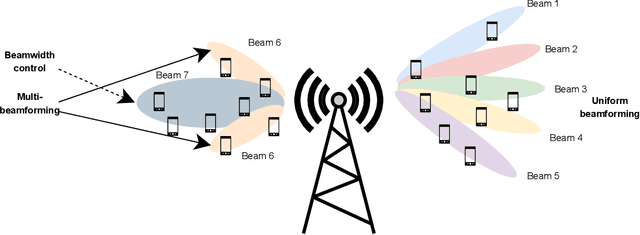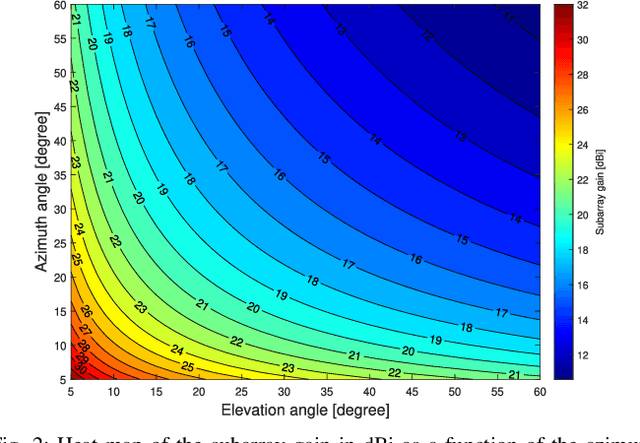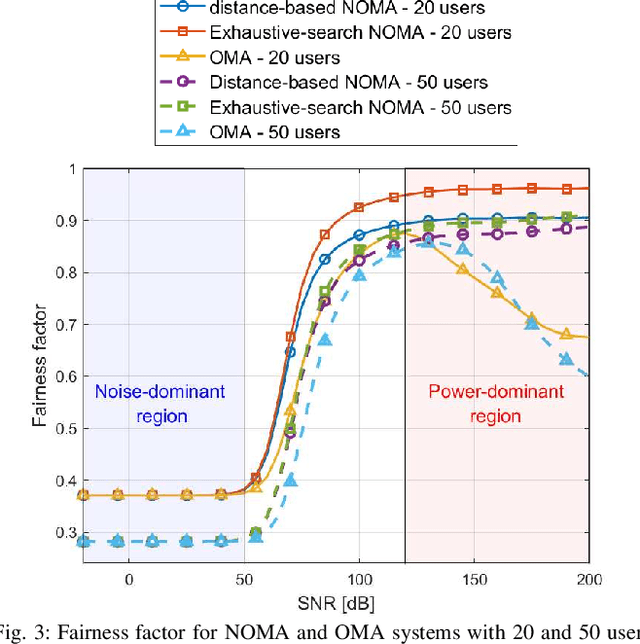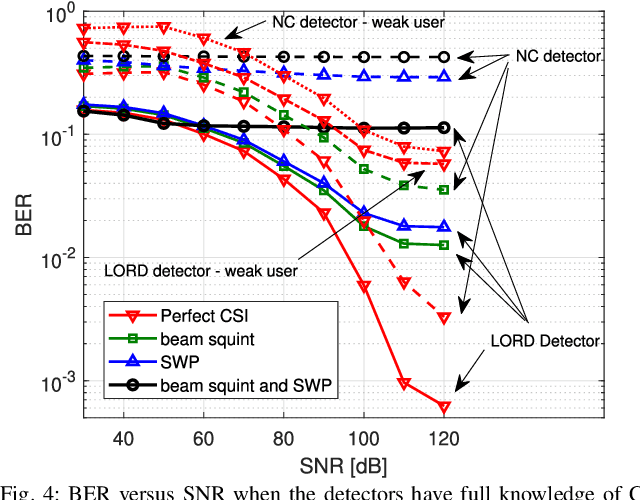Terahertz-Band Non-Orthogonal Multiple Access: System- and Link-Level Considerations
Paper and Code
Nov 02, 2021



Non-orthogonal multiple access (NOMA) communications promise high spectral efficiency and massive connectivity, serving multiple users over the same time-frequency-code resources. Higher data rates and massive connectivity are also achieved by leveraging wider bandwidths at higher frequencies, especially in the terahertz (THz) band. This work investigates the prospects and challenges of combining these algorithmic and spectrum enablers in THz-band NOMA communications. We consider power-domain NOMA coupled with successive interference cancellation at the receiver, focusing on multiple-input multiple-output (MIMO) systems as antenna arrays are crucial for THz communications. On the system level, we study the scalability of THz-NOMA beamforming, clustering, and spectrum/power allocation algorithms and motivate stochastic geometry techniques for performance analysis and system modeling. On the link level, we highlight the challenges in channel estimation and data detection and the constraints on computational complexity. We further illustrate future research directions. When properly configured and given sufficient densification, THz-band NOMA communications can significantly improve the performance and capacity of future wireless networks.
 Add to Chrome
Add to Chrome Add to Firefox
Add to Firefox Add to Edge
Add to Edge